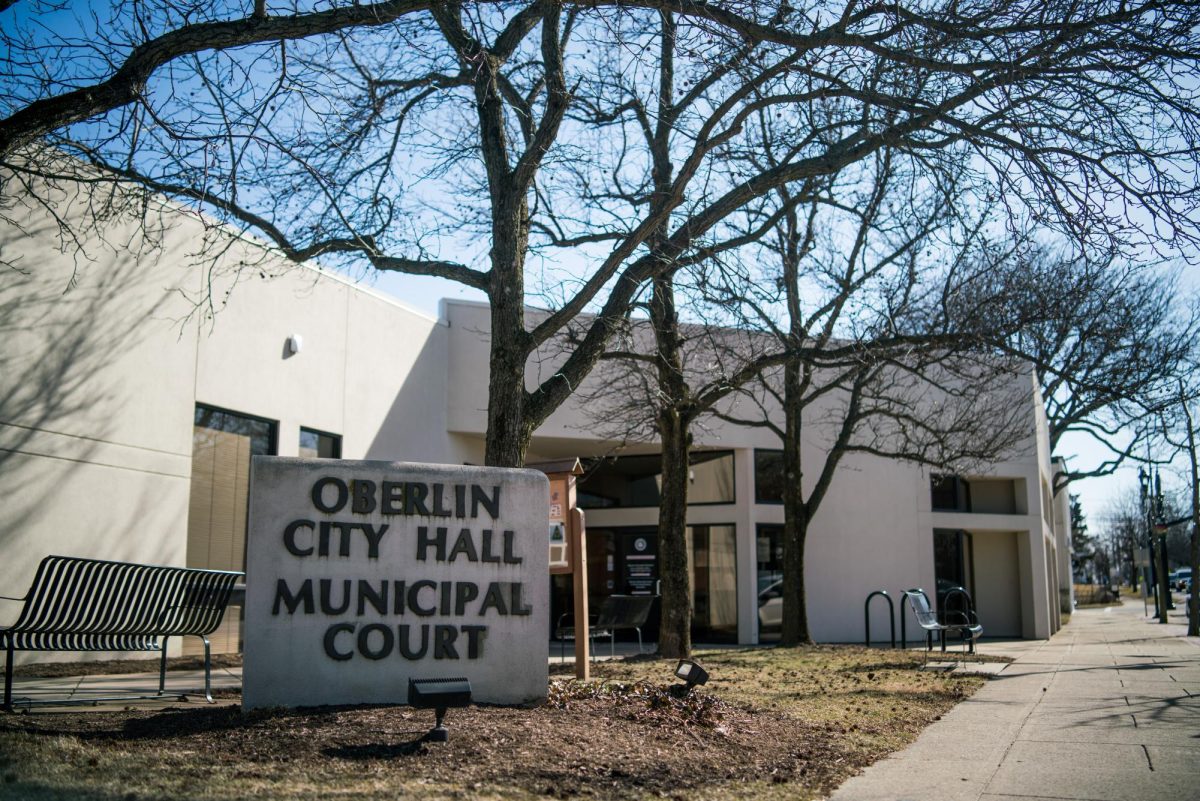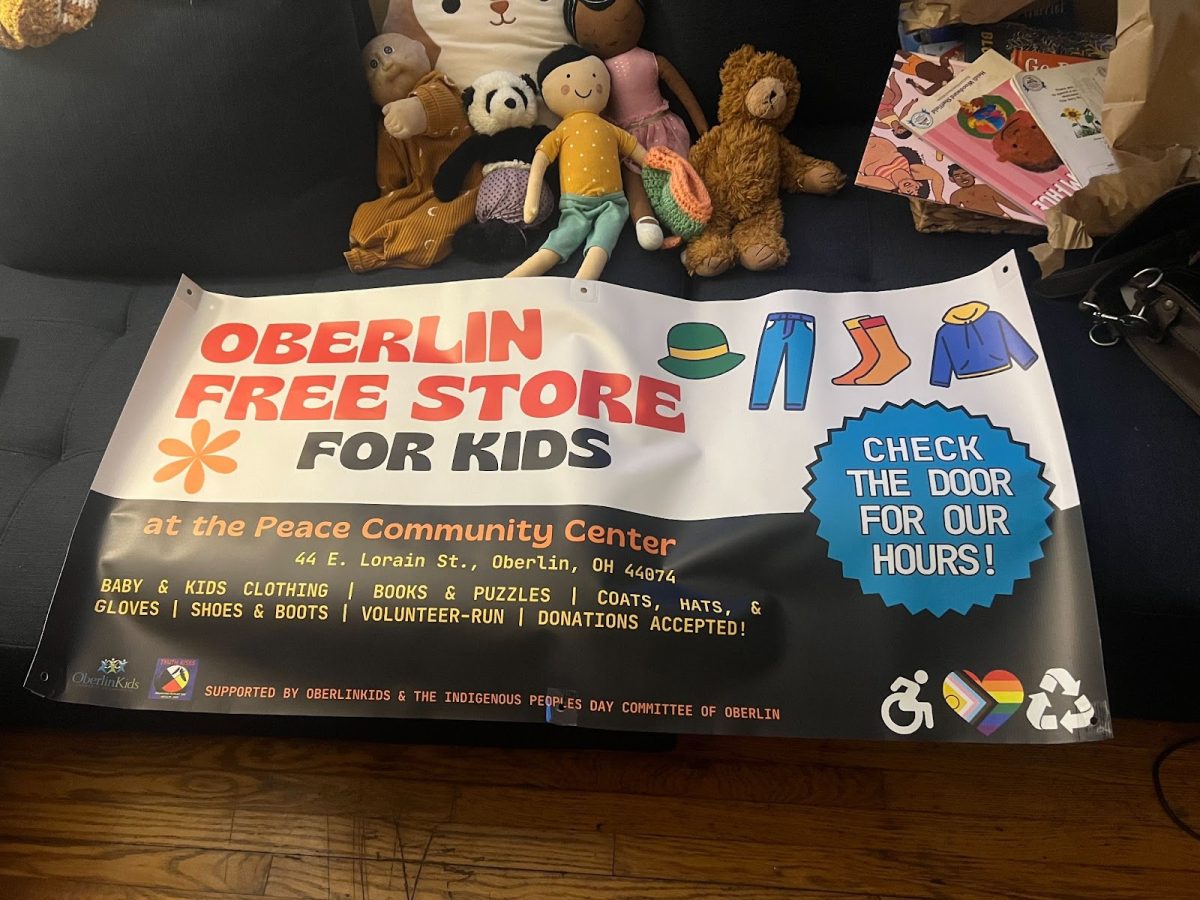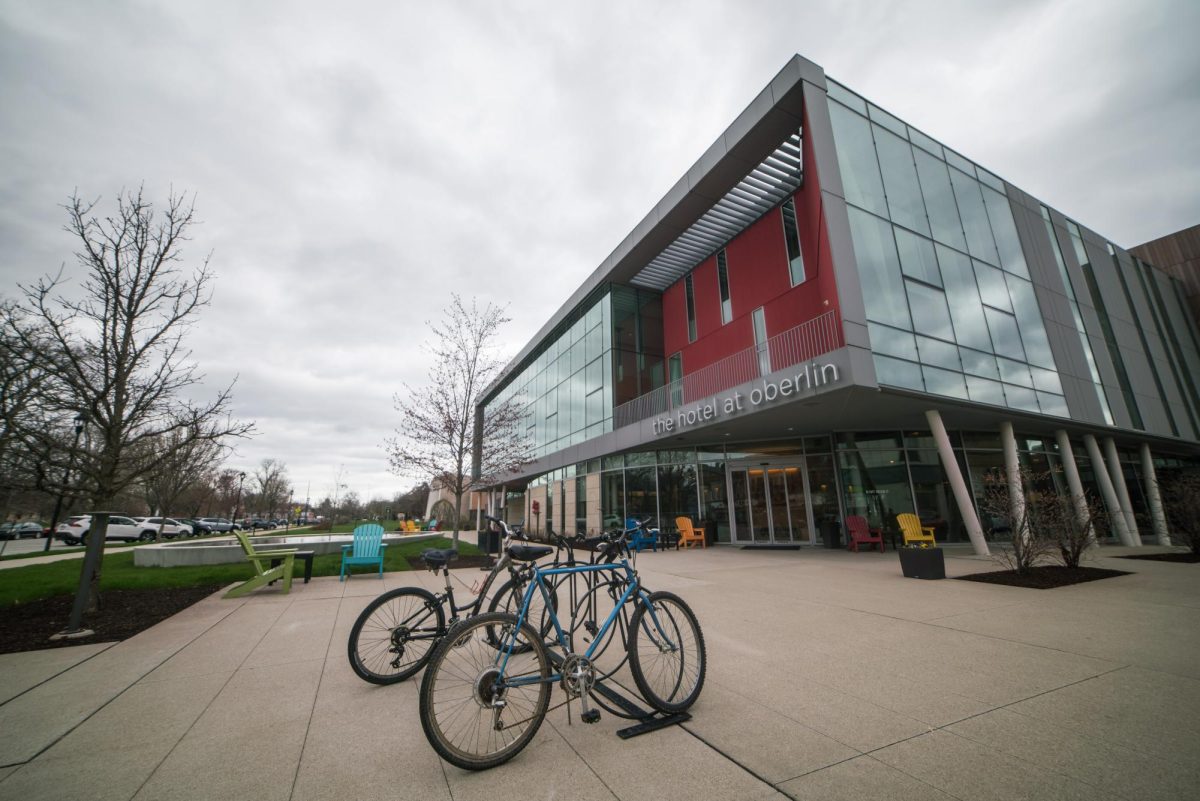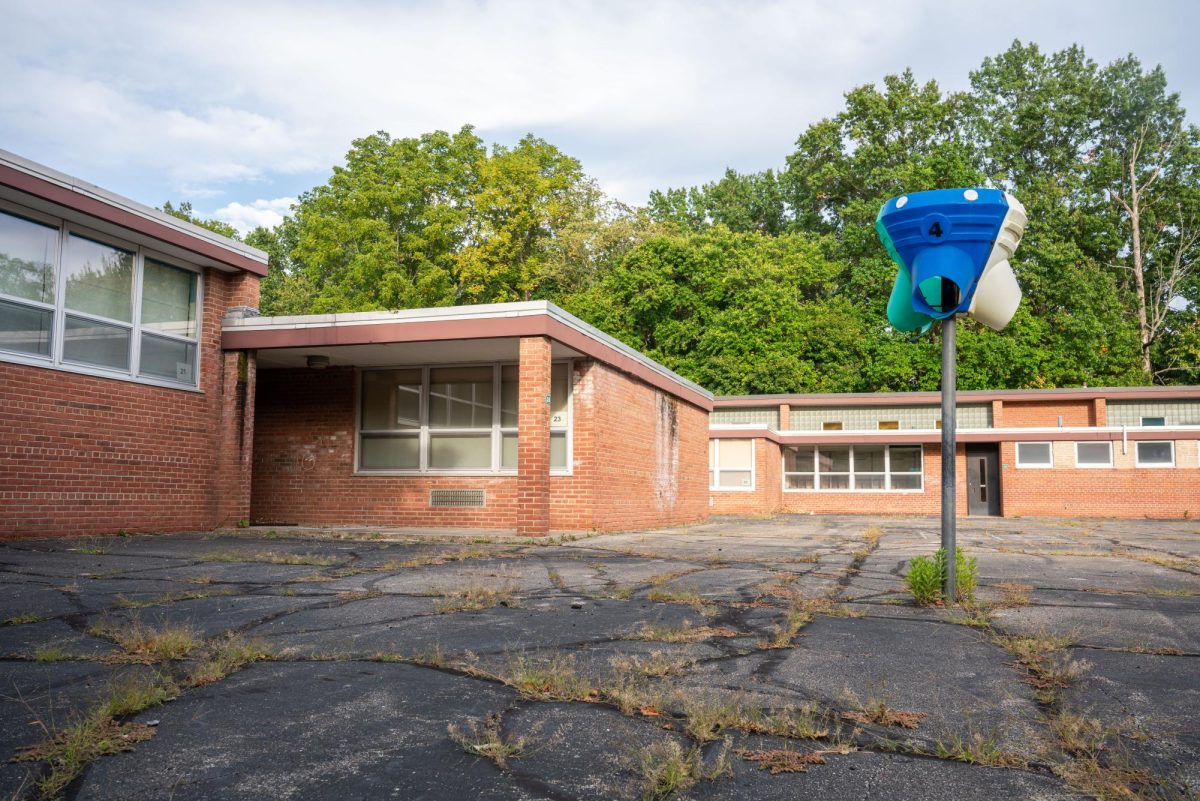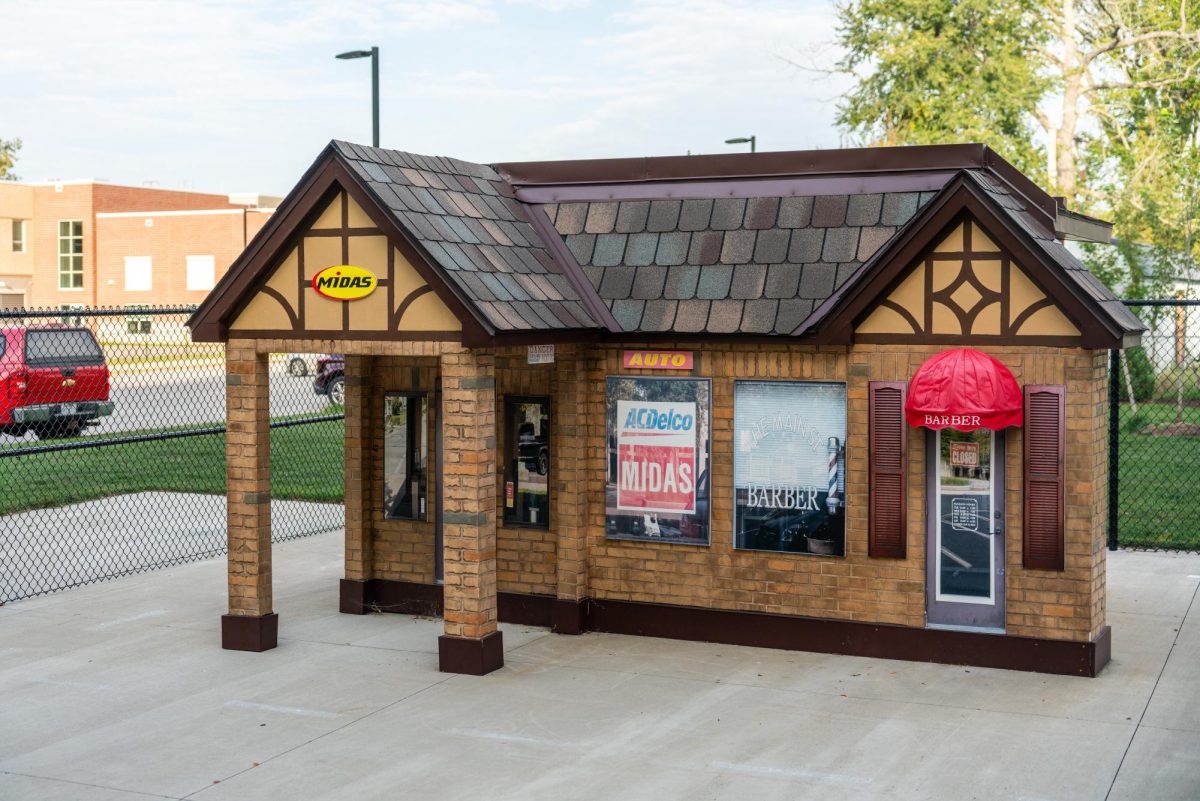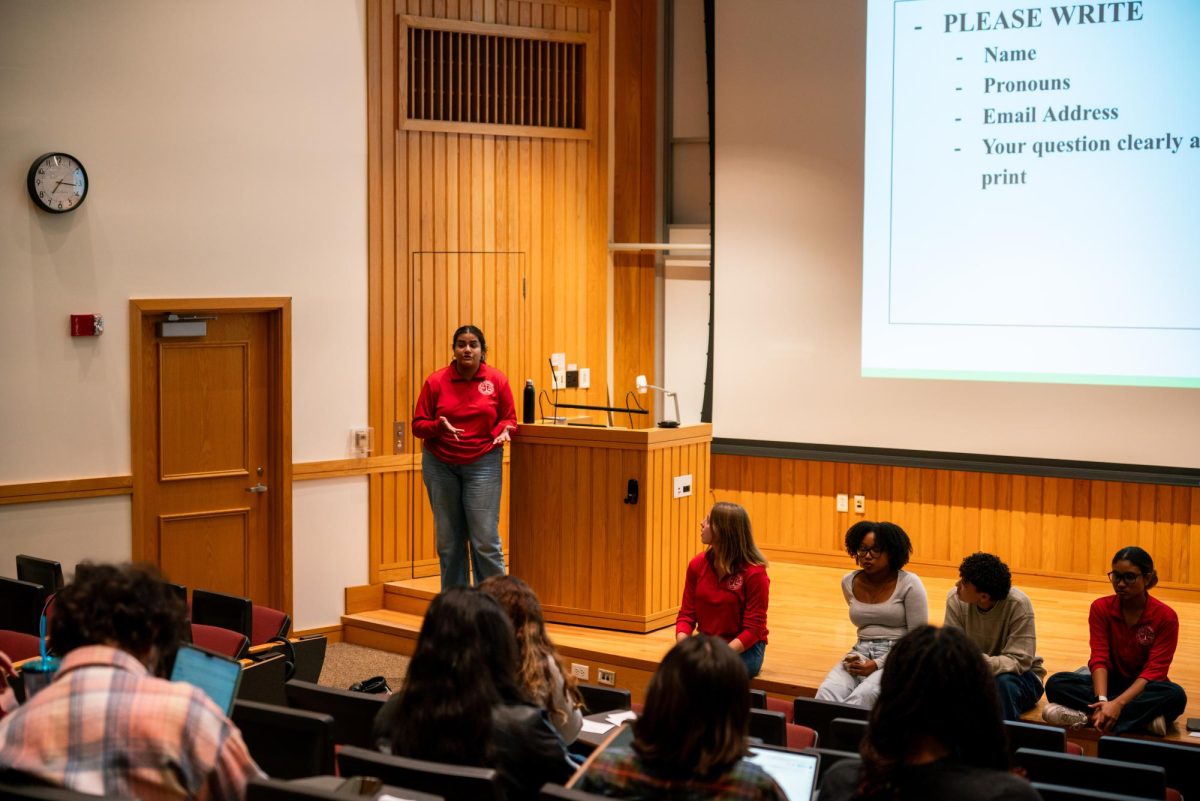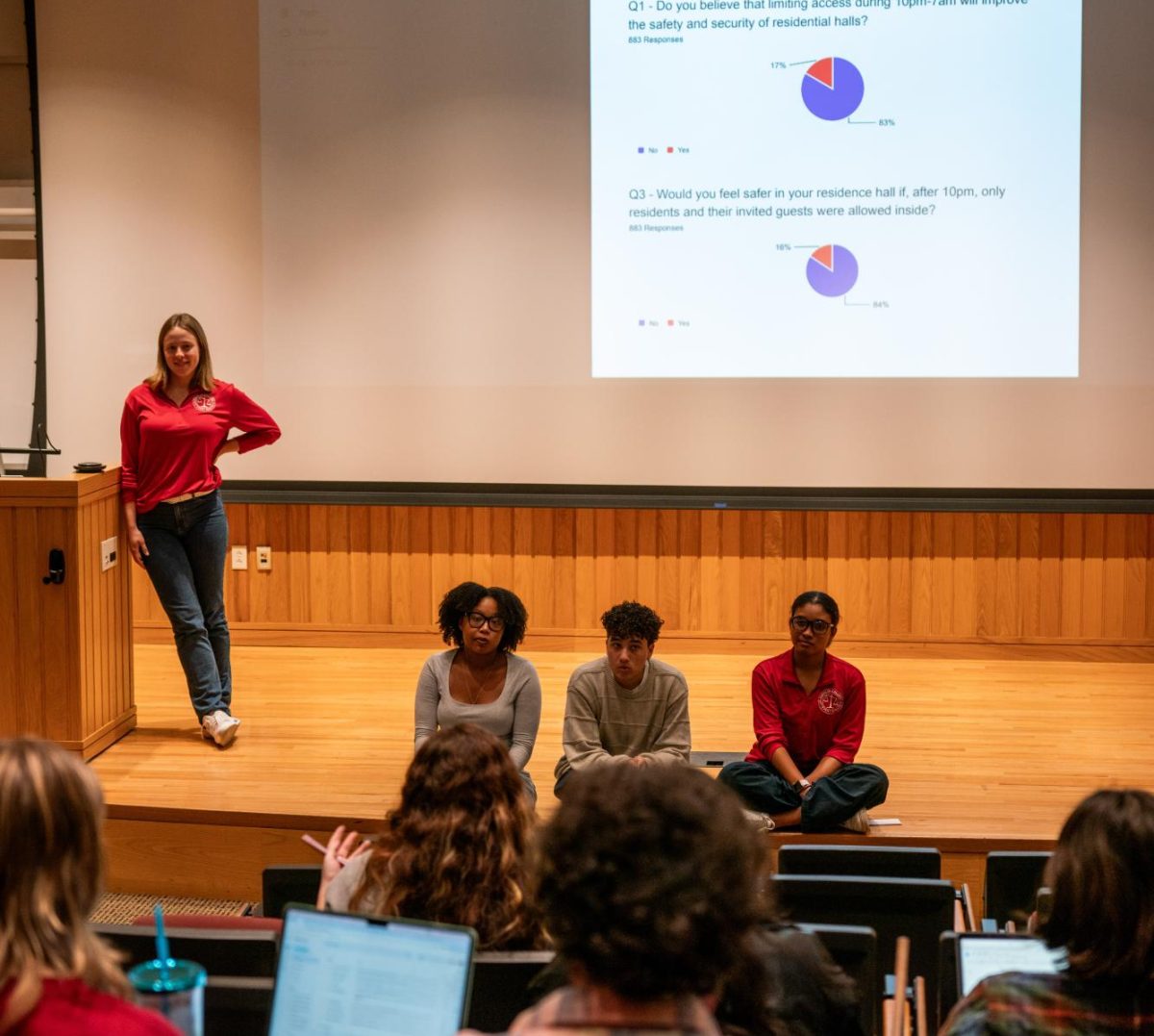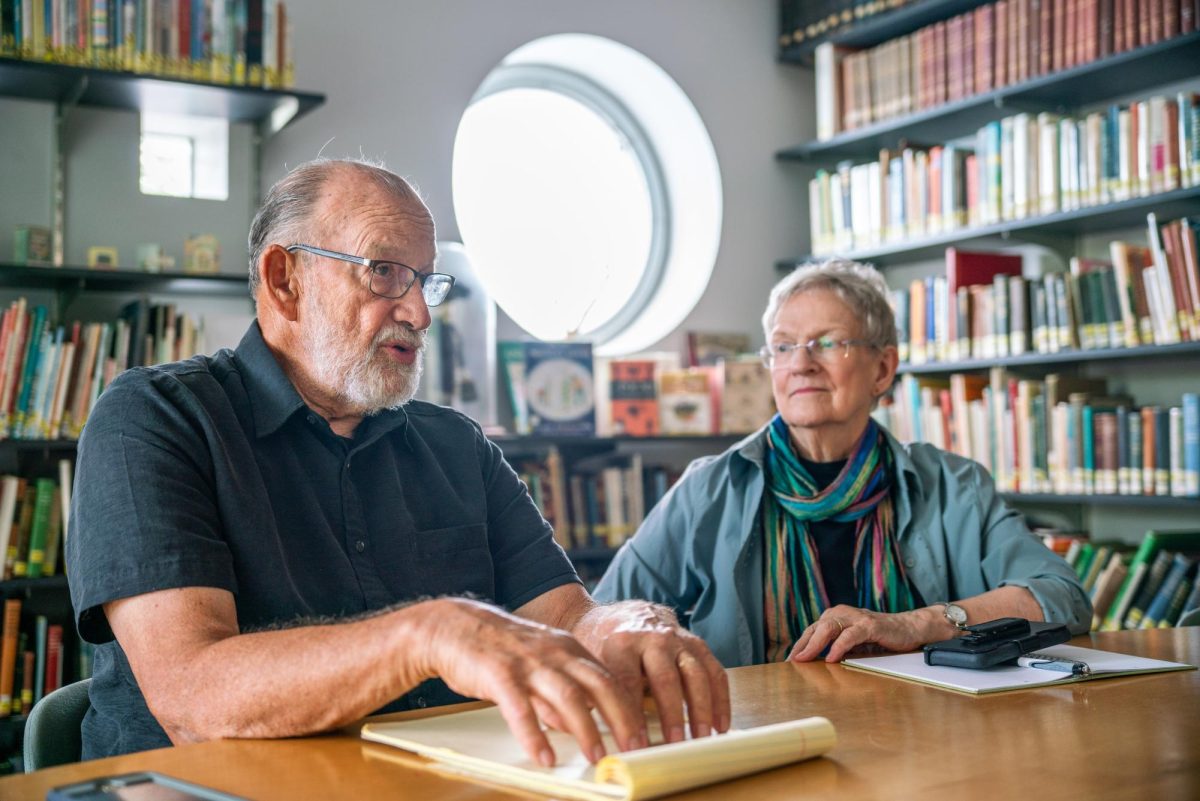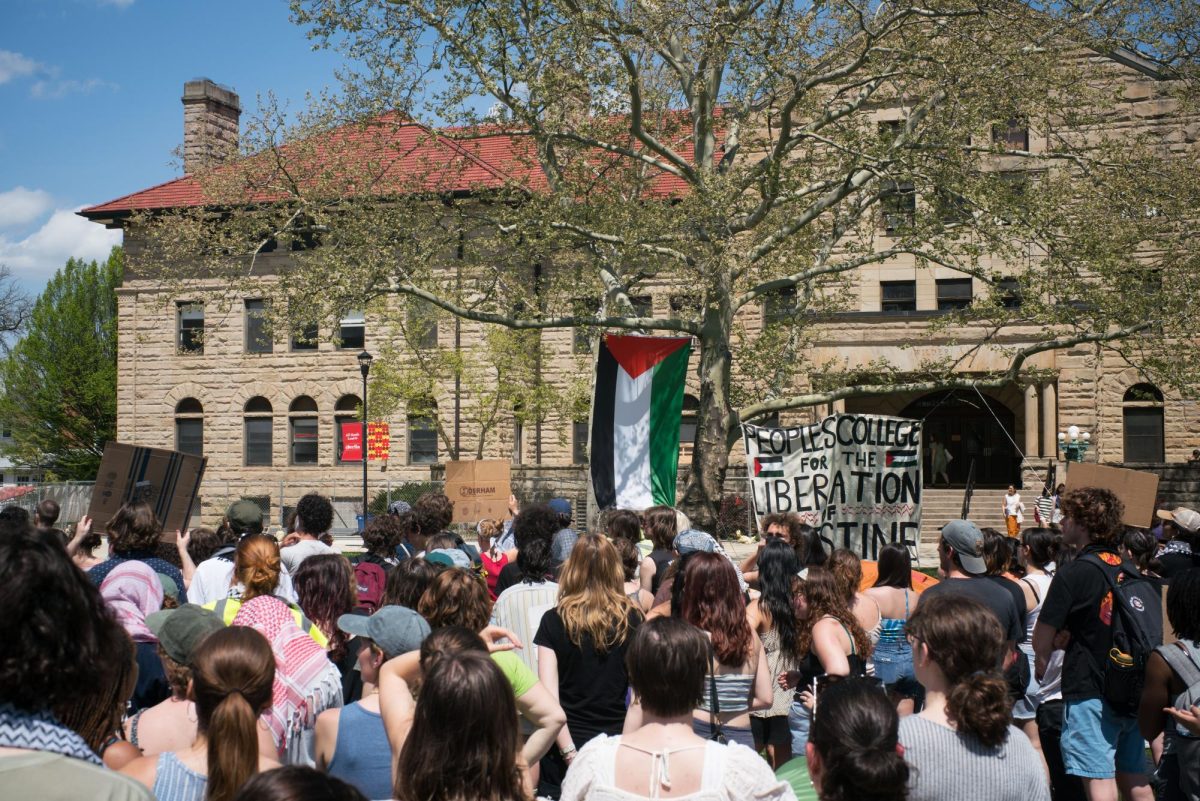On Tuesday, the Oberlin City Council approved the new Comprehensive Plan by a unanimous vote. The plan, which serves as a framework for policy and development in the City, was created in an almost yearlong process by the Comprehensive Plan Steering Committee, composed of Councilmembers and local residents, with help from consultants Kirby Date of KM Date Community Planning and Arthur Schmidt of OHM Advising. The 274-page plan is publicly available on the Comprehensive Plan website.
The plan lists over 100 action steps, for which it gives a time frame and designates parties responsible for carrying them out. Responsible parties include departments of the City Government, local organizations, and other institutions including Oberlin College.
Those involved with the creation and implementation of the plan stressed that its approval is only the first step. The Comprehensive Plan is not legally binding and its action steps will only be implemented through ordinances passed by Council or actions taken by the City. All action steps serve to help the city achieve five broad goals: expanding diversity and affordability of housing, expanding economic development, continuing to provide quality community services, promoting community arts and culture, and improving and expanding communication and collaboration.
Schmidt said that he felt that chapter of the plan where the action steps were listed was the most important because it provided concrete steps that the City could take to meet its goals.
“Oftentimes in other communities … these comprehensive plans become these big wild-eyed ideas and concepts and goals, but there’s nothing that’s tying it down to actionable steps to make sure that there’s progress happening on them,” he said. “And so that chapter to me really is the bread and butter of this plan because here … are the things to make that vision of the town, of the community, actually happen.”
Additionally, the plan designated several priority action steps that should be taken within the next one to three years. These priority actions include creating an updated, accessible website for the city, giving additional support for business and downtown development, implementing a social equity plan, updating the climate action plan, and having regular communication with the College, Oberlin Public Schools, and other institutions.
The City has already started work on some of these priority action steps. On Feb. 5, the City Council voted to create a Social Equity Steering Committee for the purpose of drafting a Social Equity Plan. Additionally, Director of Planning and Development Carrie Porter said that the city had already begun work on a new City website that will provide information on happenings in the City, at the College, and at other local venues such as art galleries.
Porter also mentioned that City personnel had been meeting more frequently with representatives from the College this year and that some steps were being discussed to aid local businesses and entrepreneurs. Particularly, she said there was talk of creating a business hub at the Oberlin Enrichment and Activity Center where services and education would be provided to residents who want to start and expand a business. According to Porter, the City has spoken with Lorain Community College and SCORE, a nonprofit dedicated to supporting small businesses through providing educational resources, about the possibility of a partnership in the business hub.
Implementing a zoning map will require action from Council and the Planning Committee. Date said that because rezoning requires extensive legal and technical knowledge, the City will have to hire a consultant who specializes in the practice. Councilmember and Comprehensive Plan Steering Committee Member Ray English, who also serves as Council liaison to the planning committee, said that reworking the zoning map would require more public engagement.
“Since zoning decisions are politically sensitive, we need to make sure we have a process that includes a lot of community input through things like focus groups and public meetings,” English wrote in an email to the Review.
The Comprehensive Plan includes a future land-use map which will provide a guide for the new zoning map. To achieve the goal of expanding “diversity and affordability of housing”, the land-use map suggests more flexible zoning codes that would allow for more multi-family homes. Date said that data from community outreach showed that Oberlin residents wanted residential and business development to improve housing affordability, create jobs, and lower taxes, while still maintaining walkability and small town character. The future land-use map designates much of the current single-family zoning as the more flexible categories of “traditional neighborhood” or “suburban residential.” It also designates the former manufacturing district as an innovation district. Porter explained that the distinction of an innovation district would allow for more flexibility, including allowing the sale of products made on-site.
In her Jan. 16 presentation to Council on the Plan, Date suggested that the Council create a new committee that would meet annually to monitor progress on action steps and create new steps when necessary. English expressed support for creating a group of a few Councilmembers to keep track of progress on the Plan at Tuesday’s meeting and in an email to the Review.
The contents of the plan are the result of an extensive effort to engage the public. The Steering Committee received the input of over 700 community members through surveys, open houses, focus groups, and community input sessions.
“Given the extent of community input we received from surveys, focus groups, and public meetings, it’s clear that the plan represents the views and desires of our community,” English said. “In carrying out the plan, we’ll be doing what our community says it wants.”
Date said that she was impressed by the level of community involvement in creating the Comprehensive Plan. She said that Oberlin’s commitment to social equity and sustainability, which is shown in the comprehensive plan, is unique for a small town.
“I’m really very interested in seeing the social equity and [the climate action plan] come to fruition,” she said. “Those are the kinds of things you see in big cities, but not small towns. So I’m really interested to see how those carry through.”


